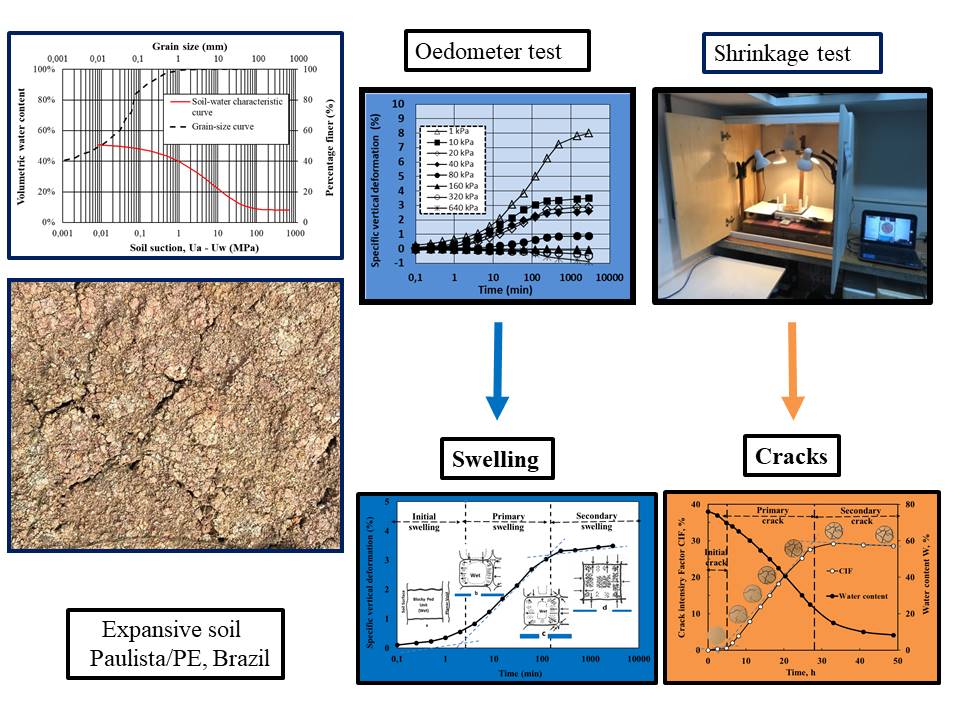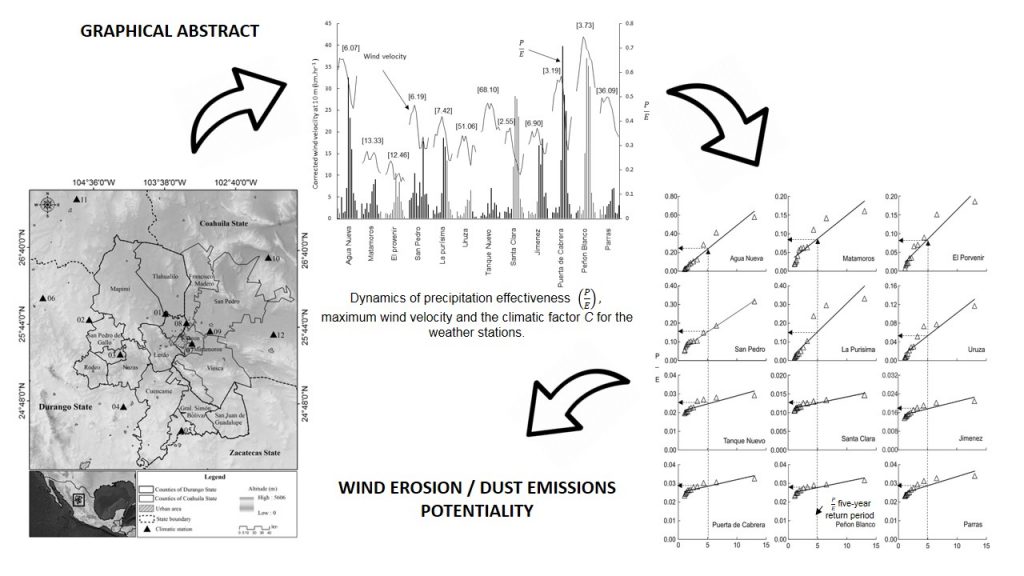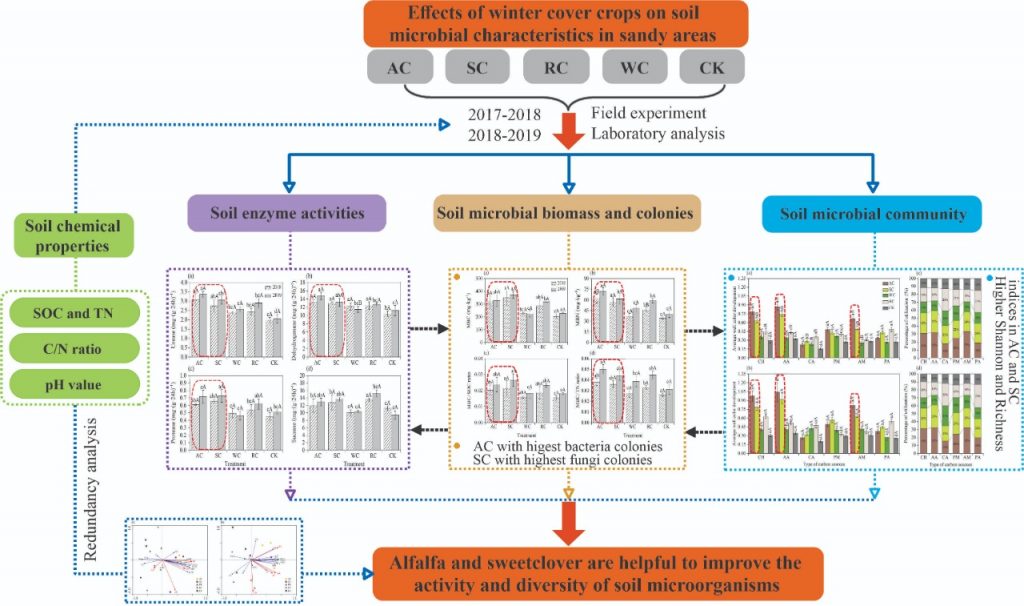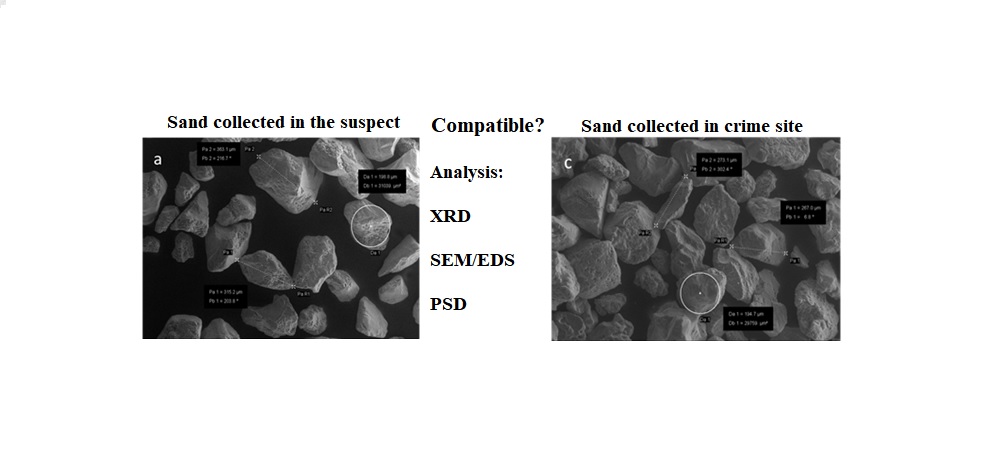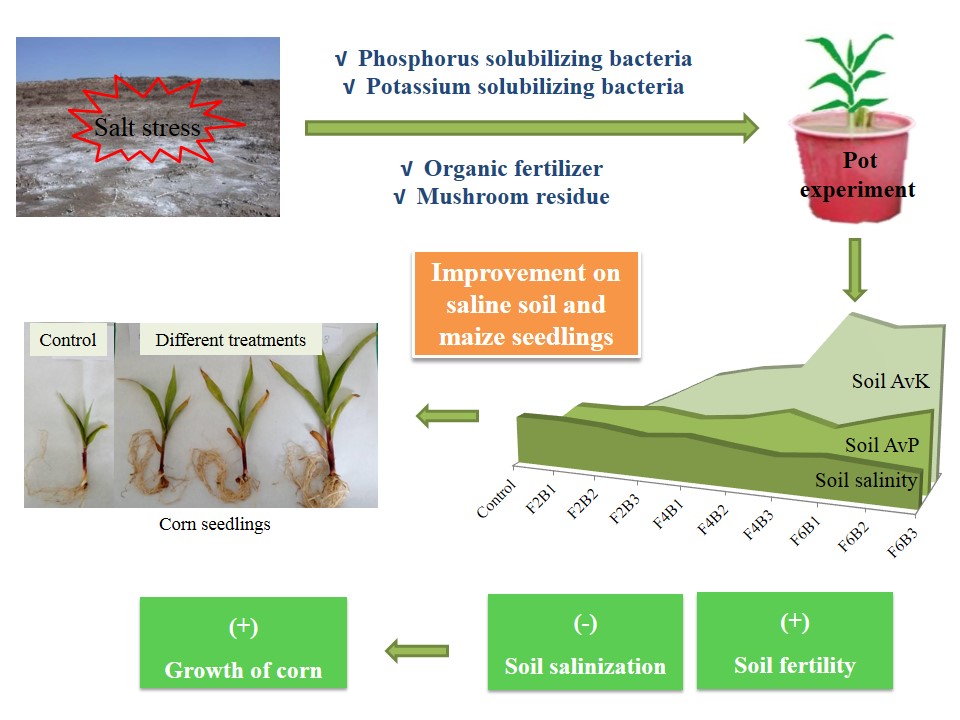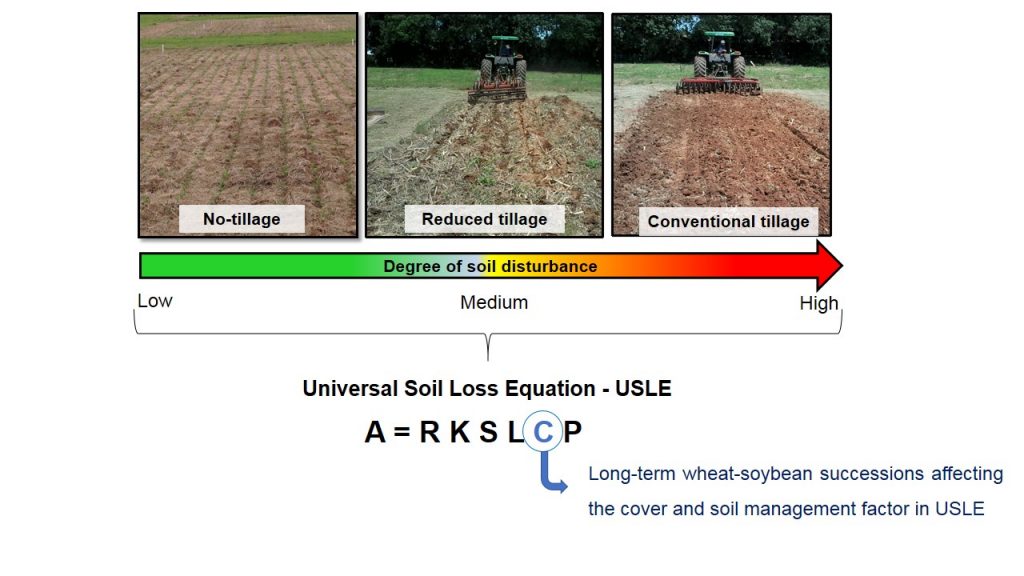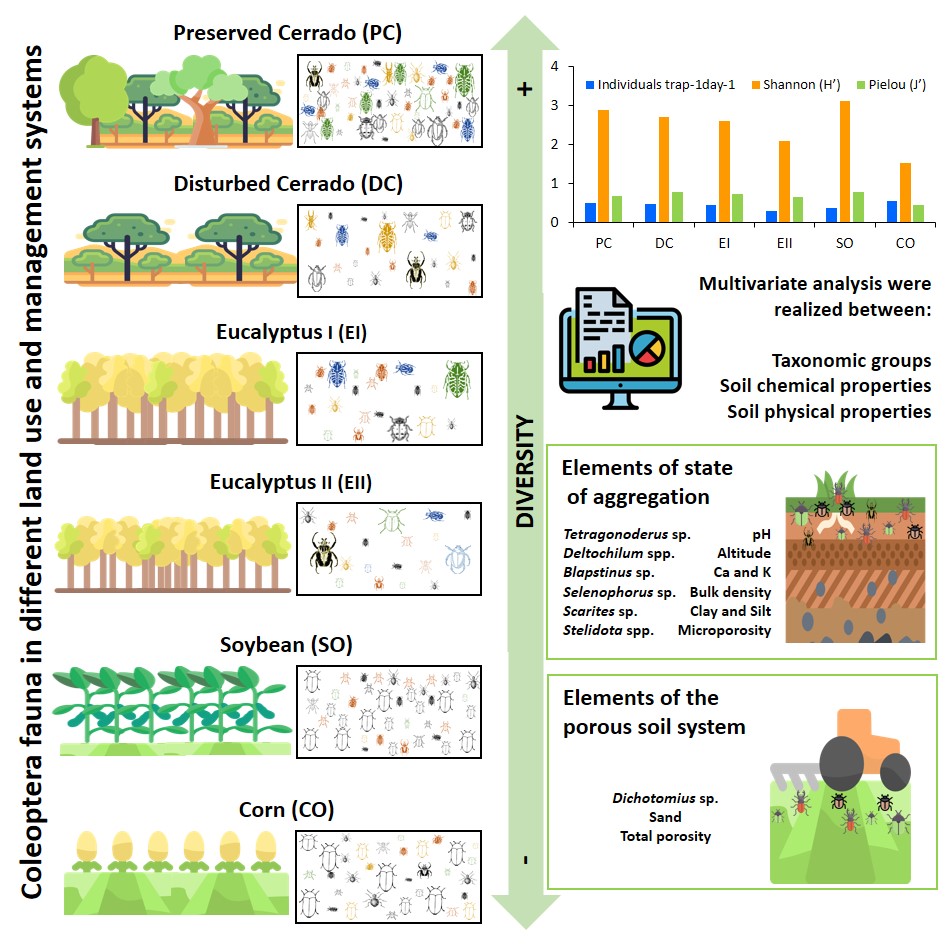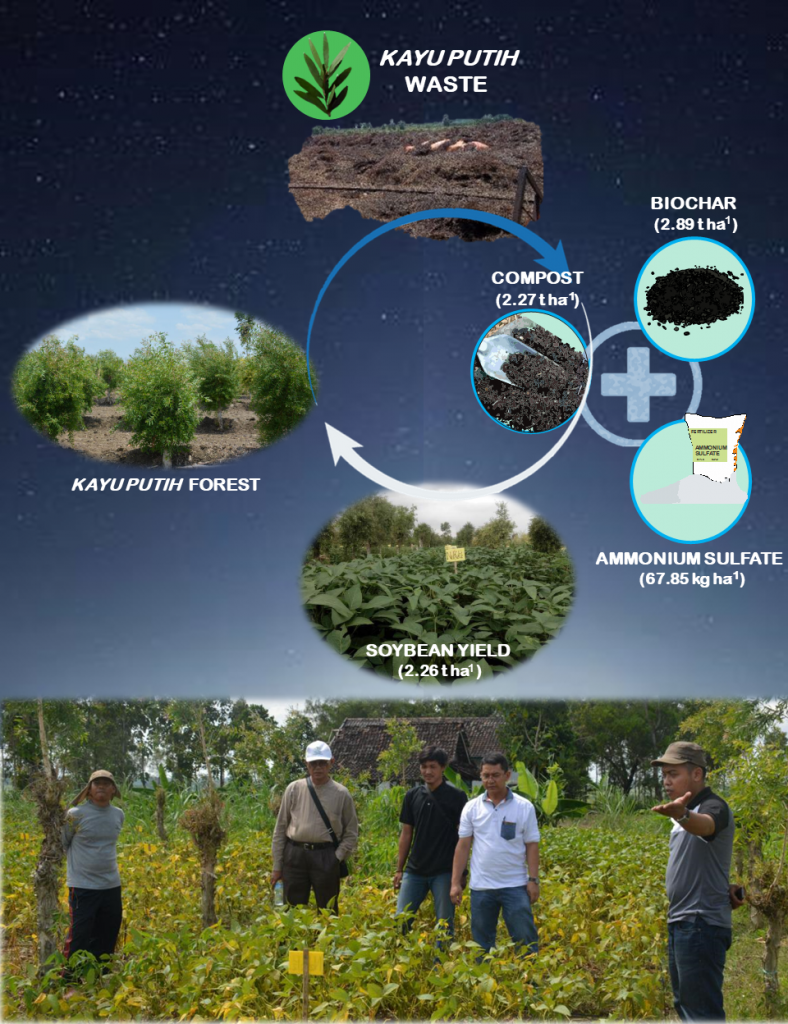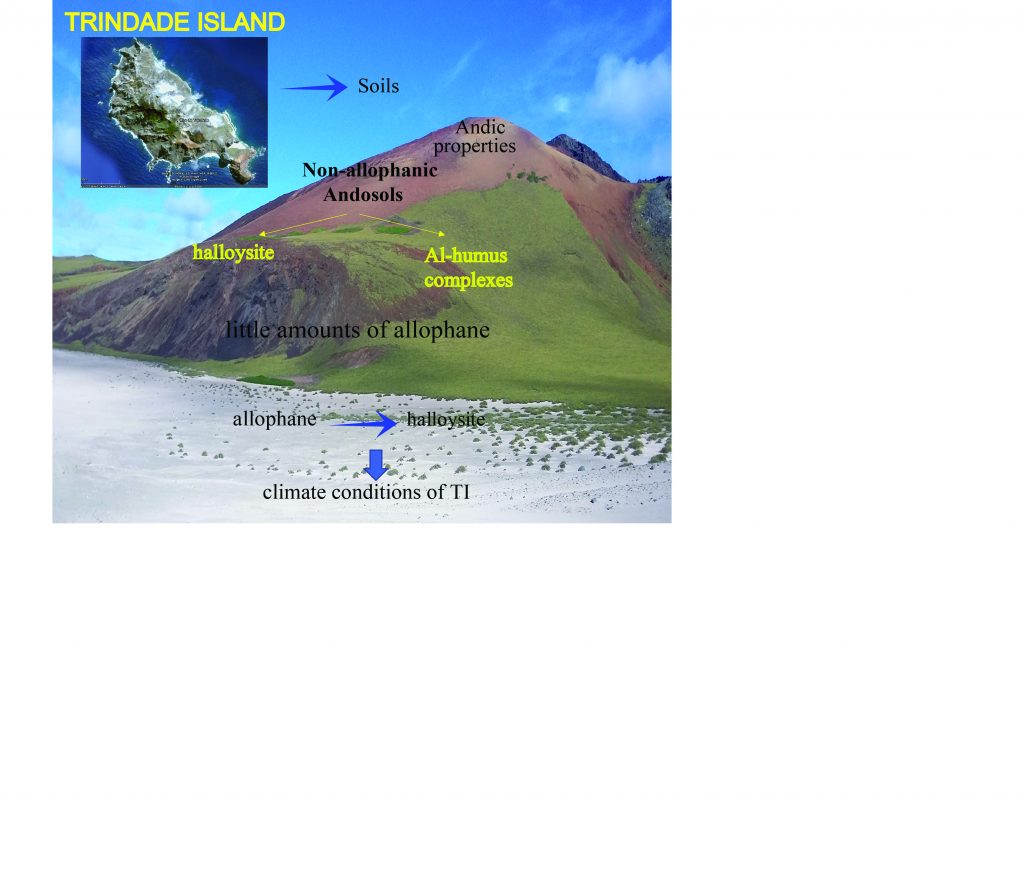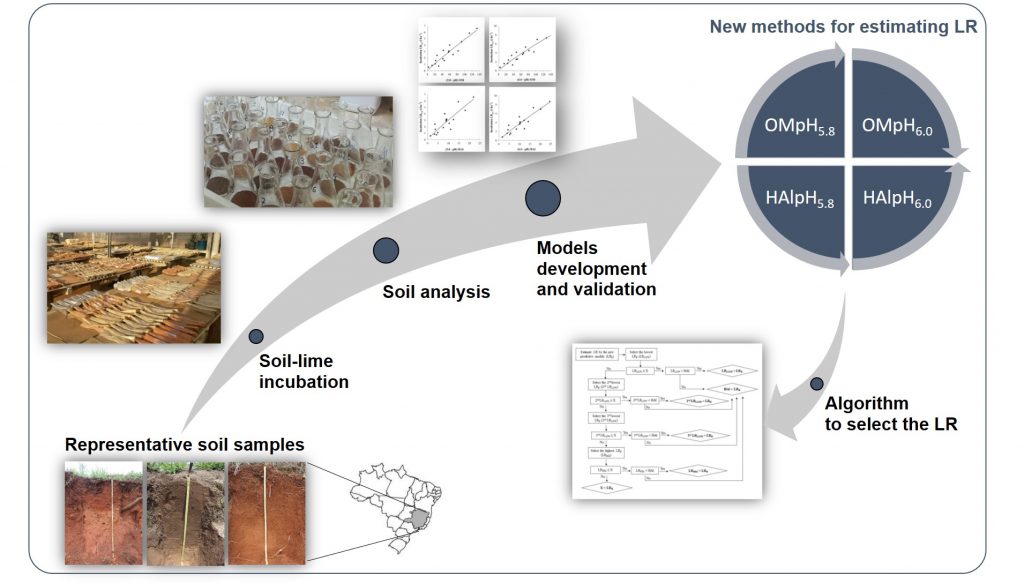Volume 44, 2020
Analysis of changes in volume and propagation of cracks in expansive soil due to changes in water content
27/Nov/2020
ABSTRACT Expansive clay soils are a problem for agriculture and engineering because they are susceptible to change in volume due to seasonal variation in water content and temperature. One of its morphological properties is slickensides, which result from the ability to contract and crack when dry and expand by wetting. The objective of this study was to evaluate the processes of expansion and formation and propagation of cracks due to the change in water content over time. The expansion process […]
Potential of wind erosion and dust emission in an arid zone of northern Mexico: A simple assessment method
16/Jul/2020
ABSTRACT Wind erosion is the main problem that arid lands in northern Mexico are facing. Quantification of this phenomenon is crucial for planning purposes and to scale its impact. The challenge is to assess the problem under limited availability of climatic information. This study aimed to identify potential areas of dust emissions in an arid zone of Northern Mexico. Wind direction and intensity were characterized through a robust index that involves rainfall and evaporation as well as the climatic factor […]
Winter cover crops effects on soil microbial characteristics in sandy areas of Northern Shaanxi, China
21/Aug/2020
ABSTRACT In sandy areas of Northern Shaanxi, after potato harvest, there are large areas of soil exposed to wind erosion from winter to spring, leading to degradation of soil quality. Planting cover crops in fallow fields is considered effective to improve soil biological properties; however, there is scarce study on the effect of winter cover crops on fallow soils in this region. In the study lasting from 2017 to 2019, four winter cover crops, i.e., alfalfa (AC), sweetclover (SC), winter […]
Sand fraction is not suitable for forensic investigations in subtropical soils
16/Jul/2020
ABSTRACT Most of the forensic comparison of soils has focused on the clay and silt fractions at the expense of the coarser particles. This study aimed to test the potential of elemental and physical analyses in the sand fraction from subtropical soils to discriminate samples collected in areas under different parent material (claystone and marble) and in areas with the same parent material at a simulated crime scene. Scanning electron microscopy coupled to an energy dispersive X-ray spectrometer (SEM-EDS) analysis […]
Organic material combined with beneficial bacteria improves soil fertility and corn seedling growth in coastal saline soils
18/Aug/2020
ABSTRACT Soil salinity is a major abiotic stress on plant growth in coastal saline soil. The objective of this study was to screen the optimal combination of organic materials with beneficial bacteria for application under real field conditions to improve coastal saline soil. A two-factor pot experiment was carried out with corn in coastal saline soil for 26 days. In the naturally aerobic environment, a split-plot experiment was conducted with different rates of organic materials (organic fertilizer and mushroom residue) […]
Long-term wheat-soybean successions affecting the cover and soil management factor in USLE, under subtropical climate
07/Aug/2020
ABSTRACT Vegetation cover and soil management influence the magnitude of soil losses. In the Universal Soil Loss Equation (USLE), cover and management are represented by the C factor, as it is the easiest factor to manage to reduce loss of soil and water in agricultural areas. This study aimed to determine the C factor of a succession of wheat (Triticum aestivum L.) followed by soybean (Glycine max) under conventional tillage, reduced tillage, and no-tillage. For this, data of soil losses […]
Abundance and diversity of beetles (Insecta: Coleoptera) in land use and management systems
19/Jun/2020
ABSTRACT Soil beetles’ communities are responsible for many ecosystem services, and are very sensitive to environmental changes. Thus, this study aimed to evaluate the abundance and diversity of the soil coleoptera fauna under uses and management and also to identify relationships of the beetle community with soil’s physical and chemical properties. The experiment had six experimental plots set up an Oxisol (Latossolo): corn (CO), soybean (SO), 7-year-old eucalyptus (EI), 4-year-old eucalyptus (EII), preserved Cerrado (PC), and disturbed Cerrado (DC). Soil […]
Optimizing application of biochar, compost and nitrogen fertilizer in soybean intercropping with kayu putih ( Melaleuca cajuputi )
27/Aug/2020
ABSTRACT Waste resulted from the distillation of kayu putih leaves is a problem in almost all kayu putih refineries throughout Indonesia due to its enormous availability and un-utilization. It has potential to be used as an organic fertilizer source due to its nutrient content (macro and micro) which is higher than organic fertilizer from animals. The use of kayu putih waste is useful to complement and increase the efficiency of nitrogen fertilizer in soybean intercropping with kayu putih . This […]
Non-allophanic Andosols of Trindade Island, south Atlantic: a new soil order in Brazil
16/Jul/2020
ABSTRACT The pedological studies carried out so far in Trindade Island (TI) have obtained patchy evidences of allophane, without detailed mineralogical and micromorphological studies to confirm the occurrence of Andosols in TI. Therefore, in this study, the mineralogical, micromorphological, physical and chemical characterization of four soil profiles from Vulcão do Paredão (P1) and Morro Vermelho formations (P2, P3, and P4) were carried on the latest volcanic events in Brazil from Trindade Island (TI) with the aim of to evaluate the […]
New methods for estimating lime requirement to attain desirable pH values in Brazilian soils
03/Jul/2020
ABSTRACT In Brazil, empirical models are traditionally used to determine lime requirement (LR), but their reliability is doubtful in most cases, since they can lead to under- or overestimation of LR for different soil types. In this study, the most critical characteristics influencing LR were selected to develop reliable models for predicting LR that raise soil pH to optimum values for crop production in Brazil. Soil samples (n = 22) with varying proportions of clay (5-88 %) and organic matter […]

